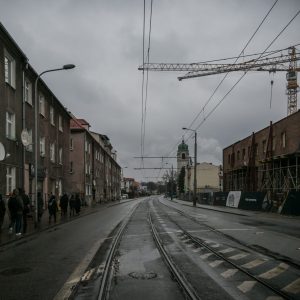Lower Wrzeszcz
Lower Wrzeszcz, aka East Wrzeszcz, ‘Wrzeszcz behind the tracks’ or New Wrzeszcz
Following its revitalization, Lower Wrzeszcz turned into a fashionable and popular district. The renovated Wajdeloty Street is a popular pedestrian zone. The surrounding streets, whose architecture was created between the 1890s and the first decades of the 20th century, ooze authenticity and atmosphere. This ambience is still best described in the words of Günter Grass, the most famous resident of Wrzeszcz (German: Langfuhr):
Langfuhr was so big and so little that whatever happens or could happen in this world, also happened or could have happened in Langfuhr.
What one ought to remember, though, is that today Wrzeszcz is usually admired by the younger and middle-aged generations, often brought up in prefabricated high-rise estates. Several decades earlier, the district’s architecture was severely criticized. In 1947, the historian Jan Kilarski described Wrzeszcz as a ‘tumour that grew along the road leading from Gdańsk to Oliwa’. Thanks to its location at the foot of a wooded range of hills and villas with gardens, Upper Wrzeszcz has always defended itself much better in terms of landscape than its Lower neighbour, encumbered with dense architecture inhabited by workers, clerks and small traders.
Yet before Wrzeszcz became Gdańsk’s main residential district, the area was occupied by several settlements and villages. Their creation and development were possible thanks to water, or more precisely, streams flowing from moraine hills. Water is not only essential for all living organisms, but also – as a basic source of energy, enabling mills, forges, sawmills, fulling mills and many other workplaces to operate – it has for centuries powered the wheel of civilizational progress. There were two larger settlements in the Lower Wrzeszcz area: Kuźniczki and Nowe Szkoty on the Strzyża Stream. The Kuźniczki manor (Wajdeloty Street, fig. 1) and the manor house and inn in Nowe Szkoty (Leczkowa Street, fig. 2-3) act as modest reminders of that period, blended into a strongly transformed landscape. The Strzyża itself, patiently working for the benefit of local inhabitants and estate owners since the Middle Ages, now flows in a concrete channel, partly hidden in underground tunnels. Its uncovered sections are a charming and unique feature of the neighbourhood (fig. 4). However, the stream sometimes reminds us of its dangerous nature, flooding poorly drained areas during heavy rainfall. In 2016, flood killed two people in Wrzeszcz.
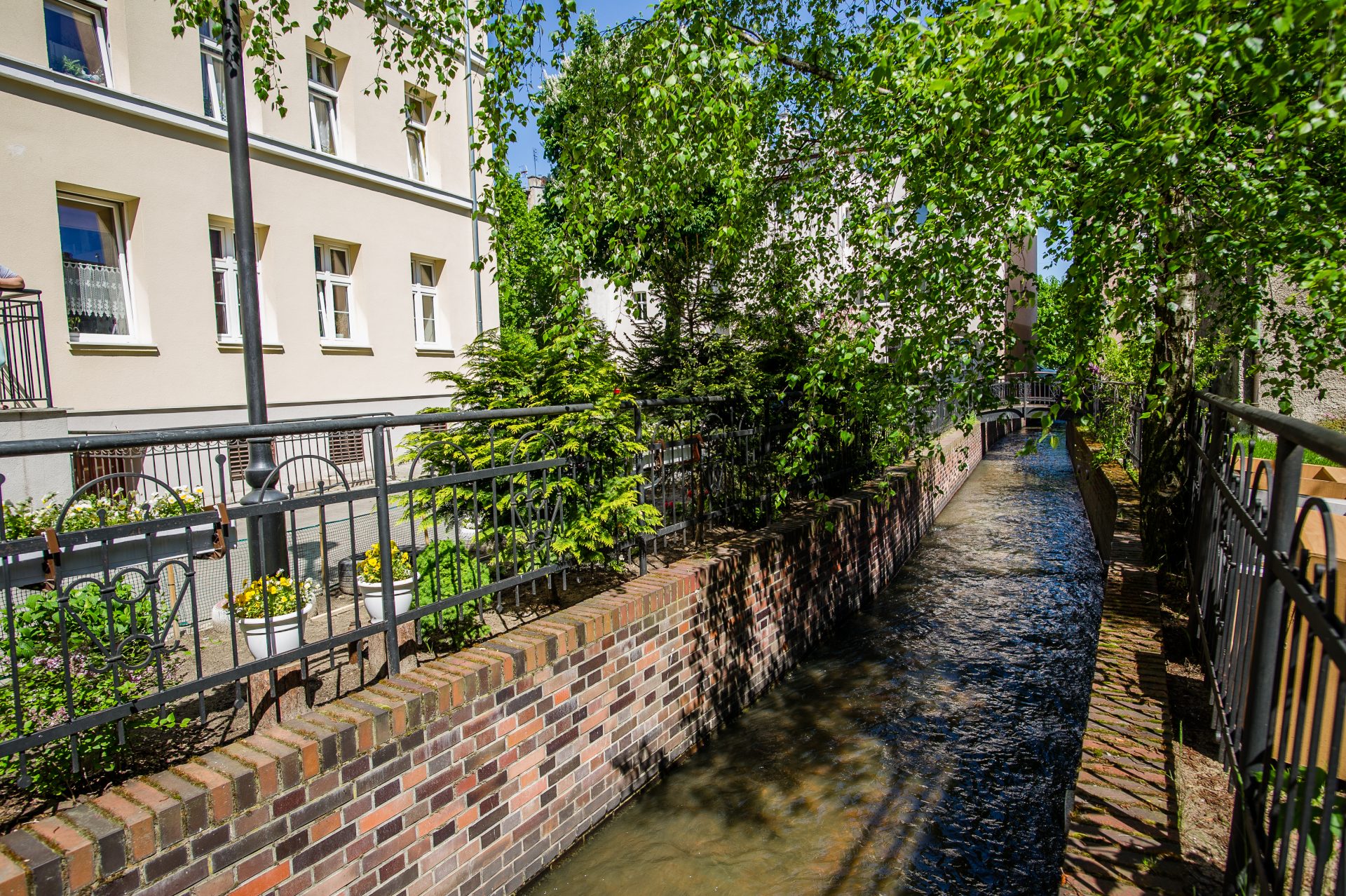
fot. Mateusz Ochocki
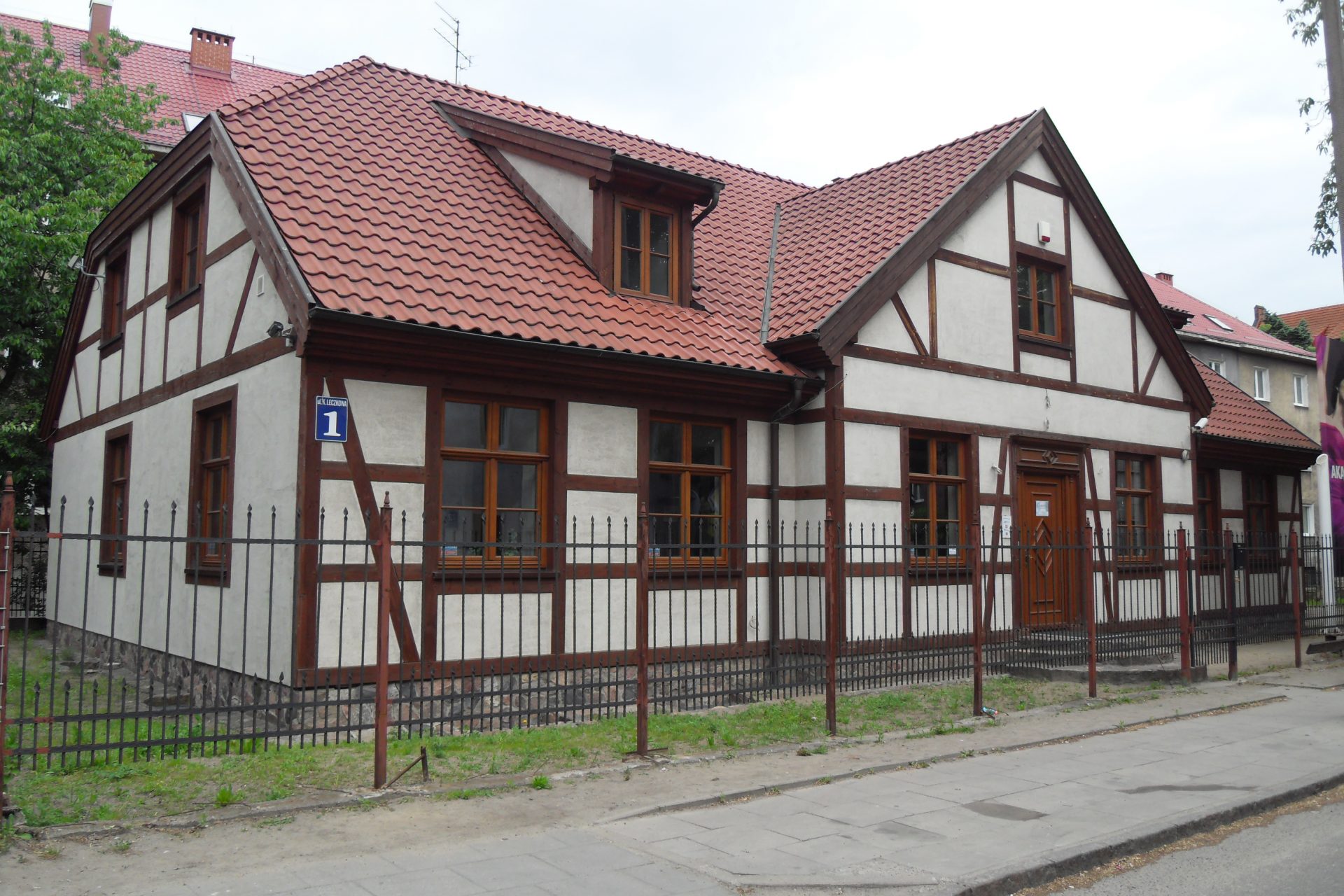
ilustracja 3
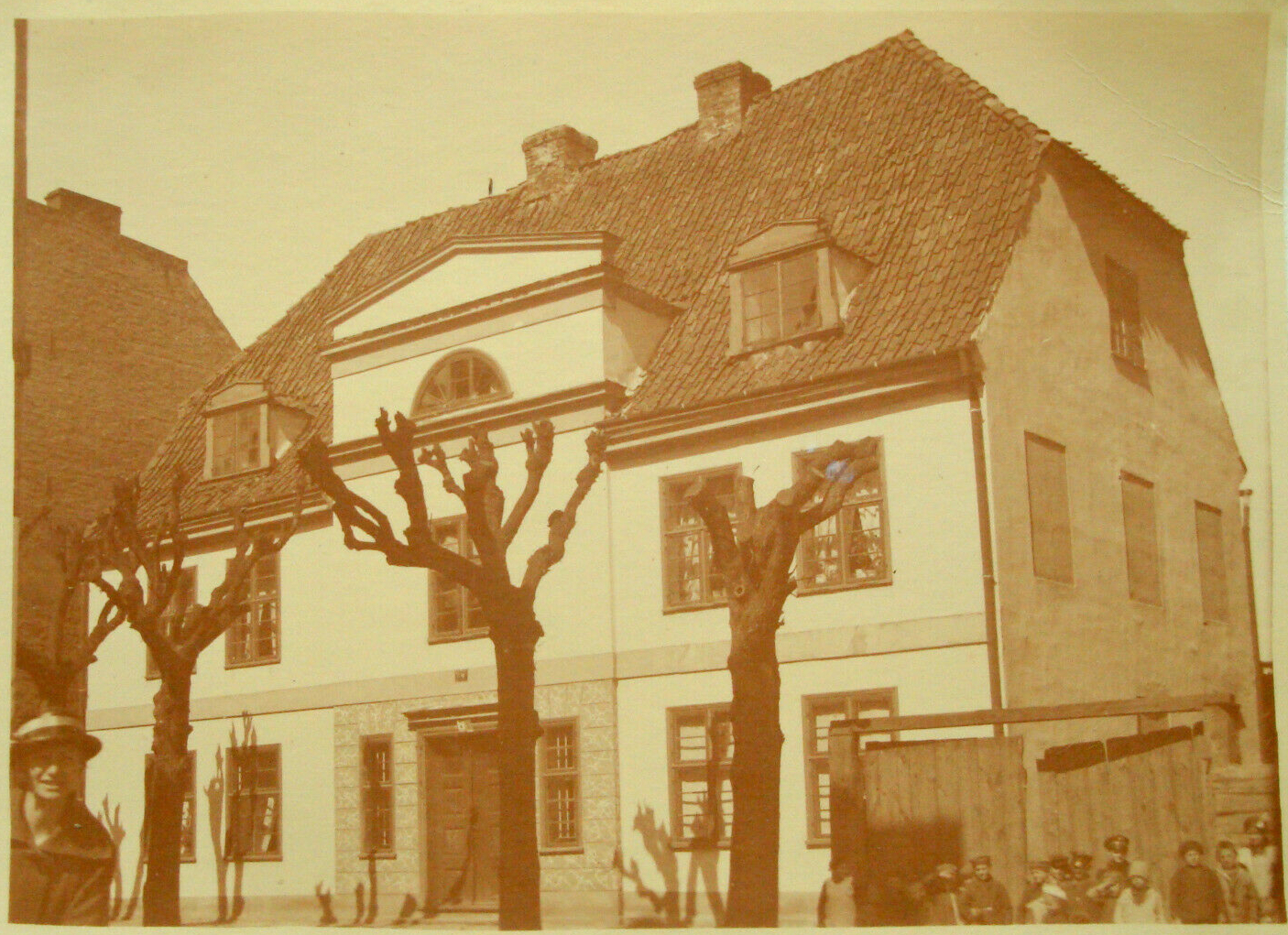
ilustracja 2
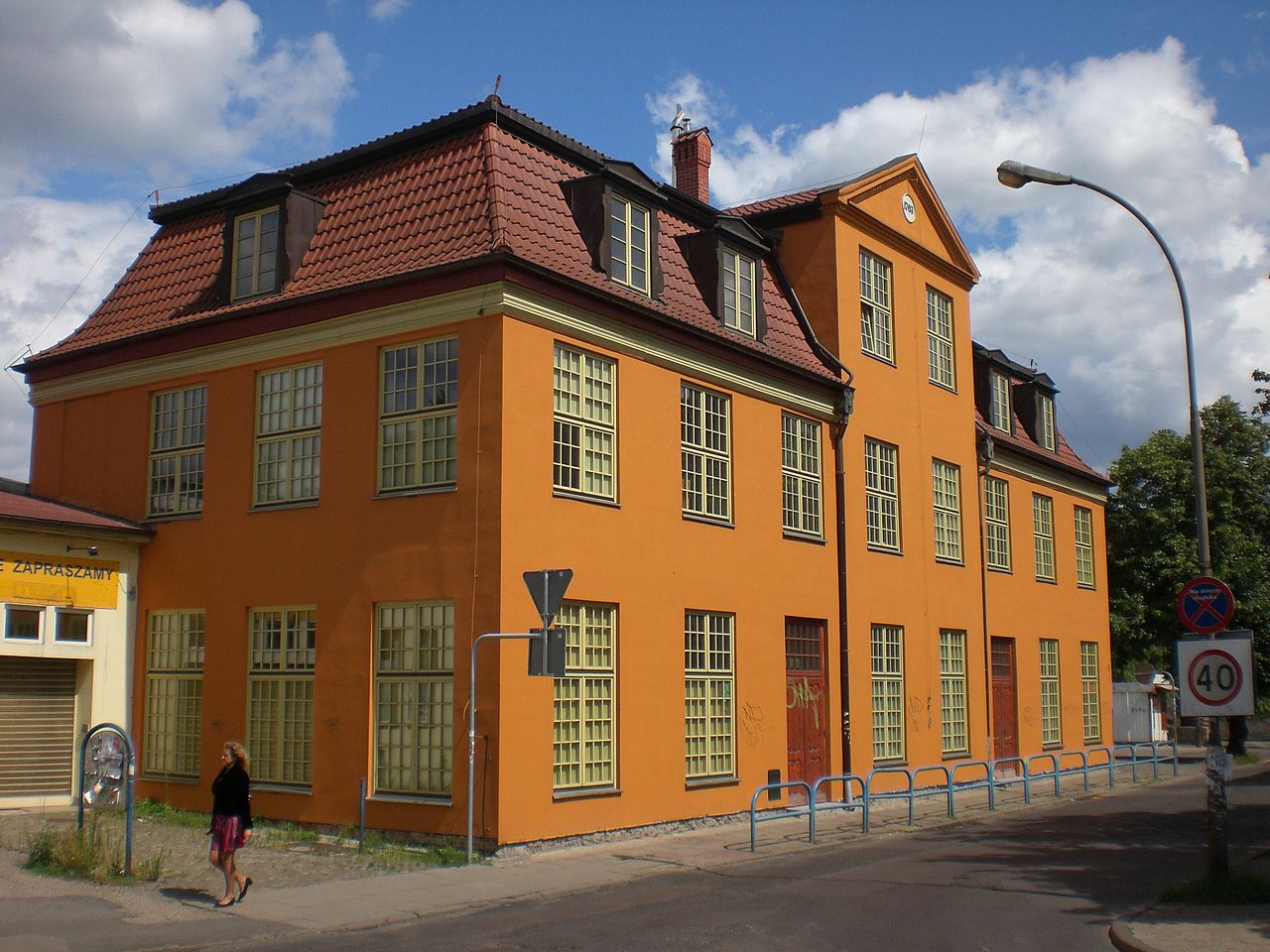
ilustracja 1
